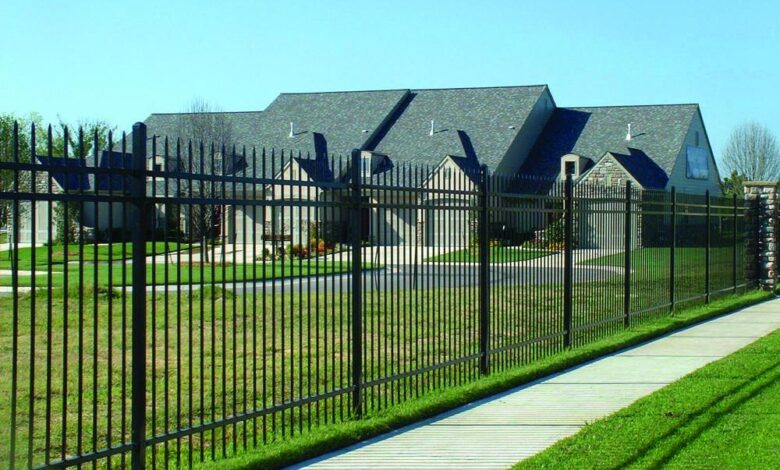Smart Security Fencing That Looks Nothing Like You’d Expect

Fences are usually easy to spot. They’re often tall, plain, and built to keep people out. But in more places across the UK, this is changing. A new kind of security design is taking shape—one that protects spaces without looking harsh or out of place.
Many people still picture safety barriers as bulky and unattractive. They imagine grey panels, wire mesh, or spiked tops. These may offer strength, but they rarely blend in. Now, however, smart fencing systems are offering a better option. They still provide security, but they’re made with appearance in mind.
The shift comes from changing needs. Public spaces, offices, homes, and even schools want safety without giving up comfort. Design now matters just as much as strength. People want to feel secure but also relaxed. A barrier shouldn’t feel like a warning—it should feel like part of the space.
Thanks to modern materials and better planning, security fencing can now do both jobs. It protects the space while matching the setting. You’ll find examples in housing estates with clean, minimal lines, or outside restaurants where fences are shaped to match the building. These choices make the whole area feel more open and cared for.
One reason this works is the range of available materials. Steel, timber, aluminium, and even recycled plastics are being used to create fences that don’t feel industrial. Some designs include cut-out patterns or smooth finishes. Others use colour to blend in rather than stand out. In many cases, visitors don’t even notice the barrier right away.
It’s not just about appearance, though. These systems still meet the standards required for safety and control. They’re made to last, resist damage, and stop unauthorised entry. In fact, smart fencing is often harder to bypass because it’s planned more carefully. People are less likely to test a system they don’t see as a target.
In some cases, new technology is also built in. Certain smart fences include sensors, lighting, or camera support. These extras don’t take away from the design—instead, they work quietly in the background. This allows owners to keep a space safe without needing signs or loud warnings. The focus stays on comfort, not control.
Smart security fencing is especially helpful in places where first impressions matter. Think about hotels, learning centres, or office parks. These places welcome people every day, but they also need to manage access and protect their property. With the right fence, they can do both. Visitors feel safe without feeling shut out.
The layout of the space plays a big part in this too. Fencing should match the shape of the property, guiding people naturally through the space. Gates and entry points can be designed with the same level of care, making access smooth and secure at the same time. A smart system looks planned, not forced.
One of the best features of these modern systems is flexibility. If a business changes its outdoor setup or a school adds new buildings, the fencing can often be adjusted. Sections can be moved or added without rebuilding everything. This saves time and money while keeping the design consistent.
Many owners who upgrade are surprised at how much the fencing improves the feel of the space. It becomes part of the design rather than something to hide. The idea of a fence being only a barrier starts to disappear.
Security fencing no longer has to look strong to be strong. With smarter designs and better materials, it’s possible to protect any space without making it feel locked down. What once looked harsh now looks thoughtful—and still does the job.



